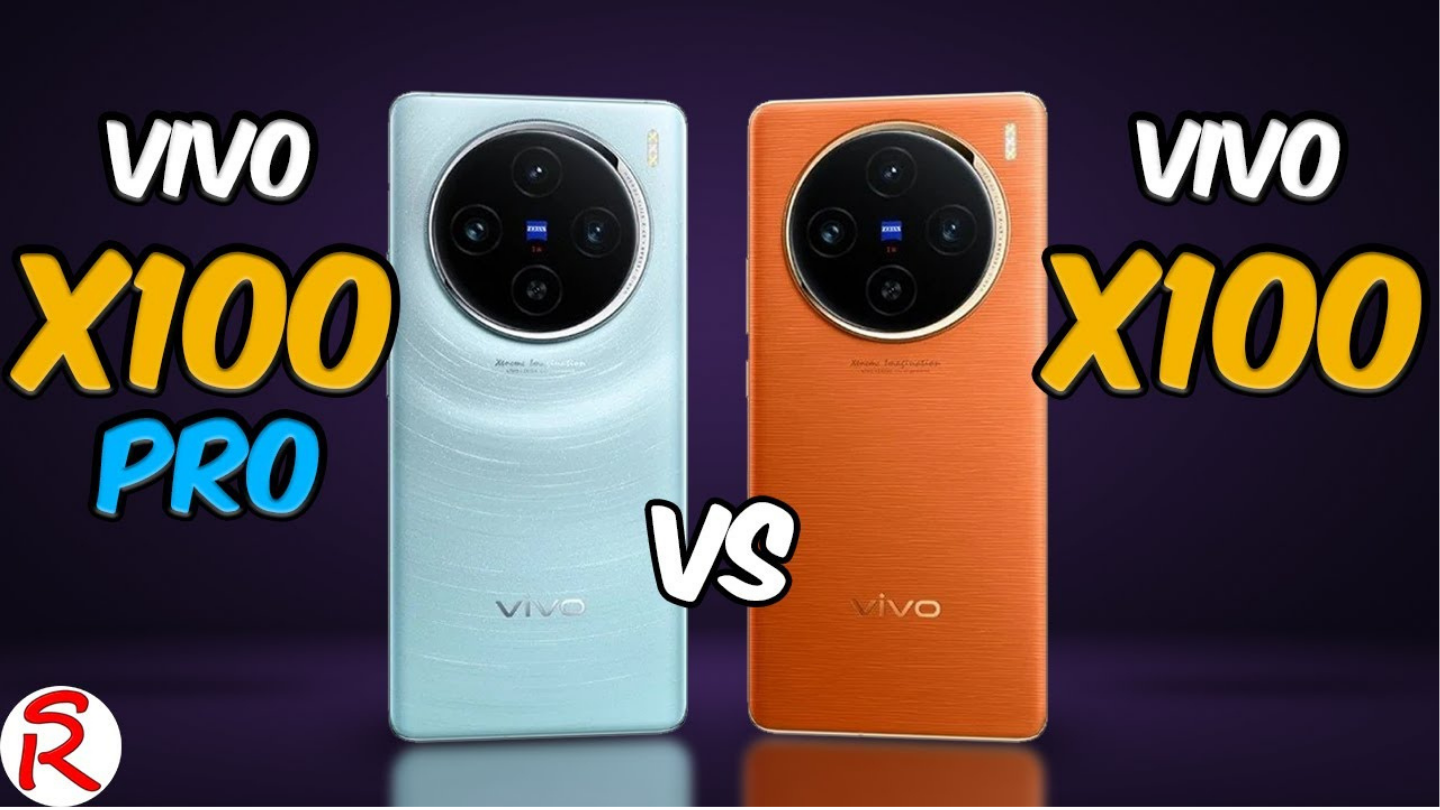Our digital and physical worlds are becoming more and more integrated. Virtual reality (VR) and augmented reality (AR) are fast developing technologies that are changing how we experience everything from gaming and entertainment to education, healthcare, and even urban planning. They are no longer the stuff of science fiction.
Augmented Reality: The improved real
Picture yourself browsing a museum and seeing historical people come to life on the screen of your smartphone. Alternatively, you may wear a set of smart glasses and chop veggies while the cooking instructions appear on your kitchen counter. The allure of augmented reality lies in its ability to smoothly incorporate digital components into the physical world, enhancing our awareness and engagement with our environment.
Applications for AR are numerous and constantly growing. Here are few instances:
- Education: Picture yourself dissecting a virtual frog without hurting a real one, or examining the solar system by just pointing your phone toward the ceiling. AR has the power to make learning more dynamic and interesting by bringing textbooks and courses to life.
- When shopping, try on clothing online before entering a store and see how furniture will fit in your living room before making a purchase. AR has the potential to completely transform the retail sector by offering a more convenient and customized shopping experience.
- Maintenance and repair: By allowing technicians to view schematics and instructions in real time overlaid over machines, repairs can be completed more quickly and effectively.
- Playing video games: Pokemon Go is just the start. The boundaries between the real and virtual worlds are becoming more and more hazy in AR games, which are producing genuinely immersive experiences.

Virtual Reality: Venturing into the uncharted
VR, on the other hand, completely immerses us in a world created by computers. If you put on a virtual reality headset, you could be strolling on the moon, scuba diving in the Great Barrier Reef, or even climbing Mount Everest. Virtual reality offers a unique sensation of presence and tangible interaction.
VR’s potential is mind-boggling:
- Training and simulation: Surgeons can rehearse intricate procedures in a virtual operating room, pilots can train in realistic flying scenarios, and warriors can get ready for battle without ever leaving the base.
- Entertainment: Virtual reality (VR) gaming is already quite popular, with unmatched immersion and engagement. VR may be used for more than just gaming, though; it can be used for mind-bending experiences in virtual theme parks, concerts, and even films.
- VR therapy and rehabilitation: It is possible to treat anxiety disorders, phobias, and even chronic pain with VR. Virtual reality (VR) can help patients overcome their phobias and enhance their quality of life by exposing them to simulated surroundings in a safe and regulated setting.
- Architecture and design: It is easier for architects and designers to conceptualize and refine their ideas when they can navigate around virtual representations of their projects.

Immersion is key in the future.
AR and VR are change-agent technologies, not just improvements in technology. They have the ability to change the way we interact with the world, learn, work, and play. We may anticipate many more incredible applications to arise when these technologies develop more and become more widely available.
AR and VR are setting the standard for immersive technology in the future. So prepare to explore the world like never before when you fasten your seatbelt, put on your headset, or reach for your AR-capable device.
Beyond the bounds
Recall that AR and VR are not exclusive of one another. A growing field called mixed reality (MR) mixes aspects of both to produce experiences that smoothly merge the real and virtual worlds. The possibilities get ever more endless as various technologies come together.
It’s important to pay attention to these immersive technologies’ ethical implications. As we proceed, concerns like data security, privacy, and addiction potential must be addressed.
However, one thing is certain: AR and VR have a bright future ahead of them, full with limitless opportunities for play, learning, and experiencing the world in ways we never would have imagined.











